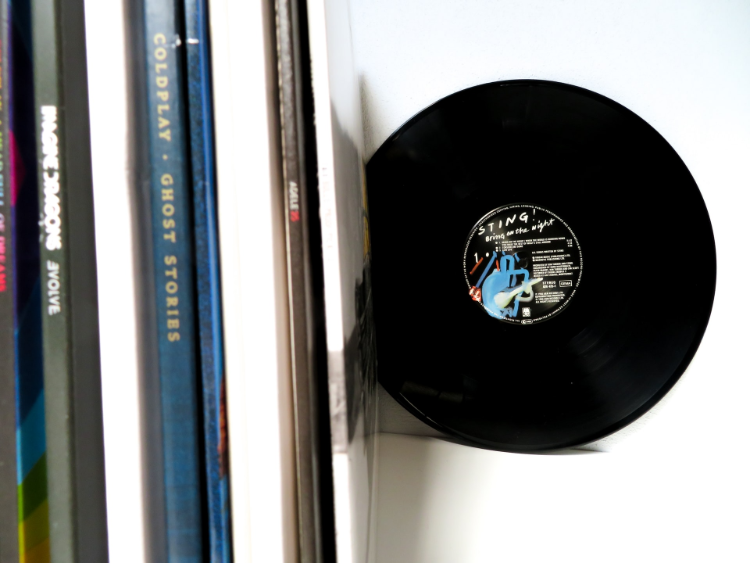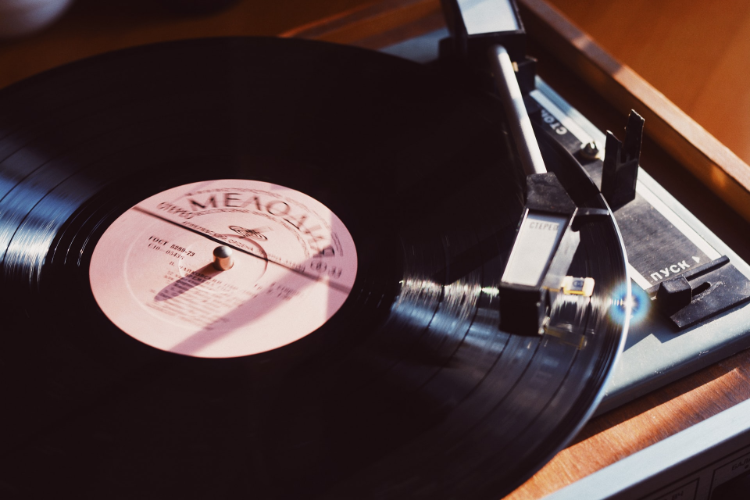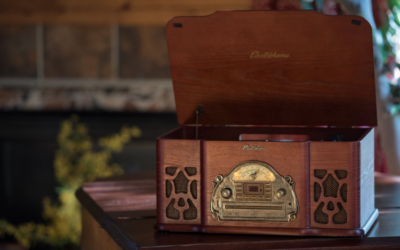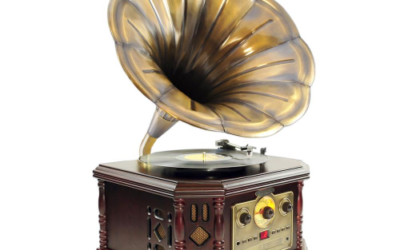Record Players are amazing, but they sometimes malfunction, and it’s up to us to determine the best course of action when they do. Now, some people don’t bother too much – replacing an old record player is a solution too.
Other people (who don’t possess handyman skills) simply take their record player for repairs. This is definitely highly recommended if your record player doesn’t work at all, but skipping isn’t that much of a problem, now, is it?
We’re here to discuss the matter of skipping turntables – everyone can do it at their homes, so you don’t ever have to pay extra for repairs anymore.
Step 1 – Recognizing the problem
It’s not hard to recognize a part when your turntable skips, but the real problem might be somewhere else. Is your record player old? Some record players are simply beyond repair, and if your model is really old, you might want to consider purchasing a new turntable.
By simply recognizing the problem you’ll know what you need to fix. Learn here how a record player works. There are virtually limitless possibilities of what could’ve gone wrong, from simply positioning of your record player, over bad vibes, to hardware malfunction. Once you know what’s wrong, you can proceed to step 2.
Our Recommendation:
You should search the web for the inlay of your turntable. Memorize where the parts are, how they look like, and how they perform. Search for anything that goes out of the pattern, and you’ll find what you’re looking for in no time.
Step 2 – Isolate your record player
Sometimes, there are cases where the problem is not so obvious. There’s a chance that your record player will continue skipping, even if you’re already performed everything in your might to avoid this situation.
Sometimes, the vibrations are the problem. Turntables produce massive vibrations when they work, so you should definitely isolate yours before you proceed with more aggressive approach.
You can easily isolate your record player by placing it on anything heavy (preferably, on anything that can snuff out excess vibrations, such as metal or firm wood).
Our Recommendation:
You can easily skip this part if your record player is extremely heavy. These record players seldom skip because they’re badly isolated, so you should search for other signs of malfunction.
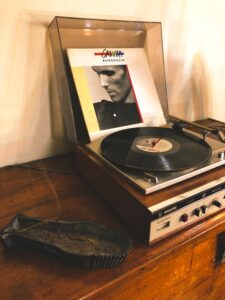
Step 3 – Level your Record Player
Every record player functions in a similar way – by tracking the vibrations and re-sending them through the emitter (woofer, speaker, etc.). You want to level your turntable to reduce the risk of defective tracking.
You should always make sure that the surface and the base of your record player are in parallel. If they’re not, however, your record player might skip, or even malfunction after extended periods of time.
Our recommendation:
Most record players come with a straight surface, so you will naturally assume that they’re evenly leveled. Now, even if that might be the case, you should still consider checking the level – this might be the problem you’re looking for.
Step 4 – Check the Needle (Turntable Stylus)
You might’ve already known this, but every record player produces sound in a very simple way – the record player needle (or, the record player stylus) grazes the record, sending vibrations that are later converted to sound.
Now, this needle is very, very fragile, and any damages done to it can hardly be perceived by naked human eye. You don’t need to search for microscopes – if you’ve already done everything and your turntable still skips, it’s the stylus that’s bugging you.
Our Recommendation:
If you have settled for the solution where the record player needle is the problem, there’s not much you can do apart from buying a new one. Record player needles are always quite cheap, and you can get a replacement one for a budget price.
Step 5 – Check for damages on records
Even though this is rare, it’s not a rule that the skipping of your record player is caused by a defective part. Sometimes, it’s the records that are making all of the fuss. Most people would assume that by playing several records, you can simply deduce that they’re not the problem. That’s not necessarily true.
After prolonged exposure to sharp needles, your vinyl records can be damaged. Records are, basically, round-shaped data discs that will lose some information after they’ve been grazed by a needle that doesn’t support a certain type of LP.
Our Recommendation:
Always make sure to play records that your record player can support. For instance, some record players can reproduce 7”records, but can’t 8” records.
